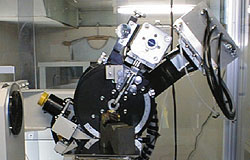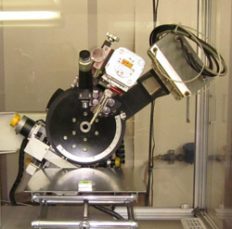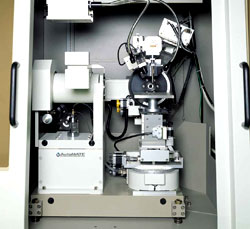
WAZA / KIWAMI / TAKUMI

 |
 |
| Fig 1 PSPC | Fig 2 AutoMATE |
Table 1
| Tube | Measuring object material |
| Cr | steel, copper, brass, tin, nickel, carbide, chromium nitride, Ti-Ni shape memory alloy, aluminum oxide |
| Cu | zirconium oxide, α titanium |
| V | Magnesium, β titanium |
*We also have Cobalt (Co) tube.
Table2
| 4mm |
| 2mm |
| 1mm |
| 0.5mm |
| 0.3mm |
| 0.15mm |